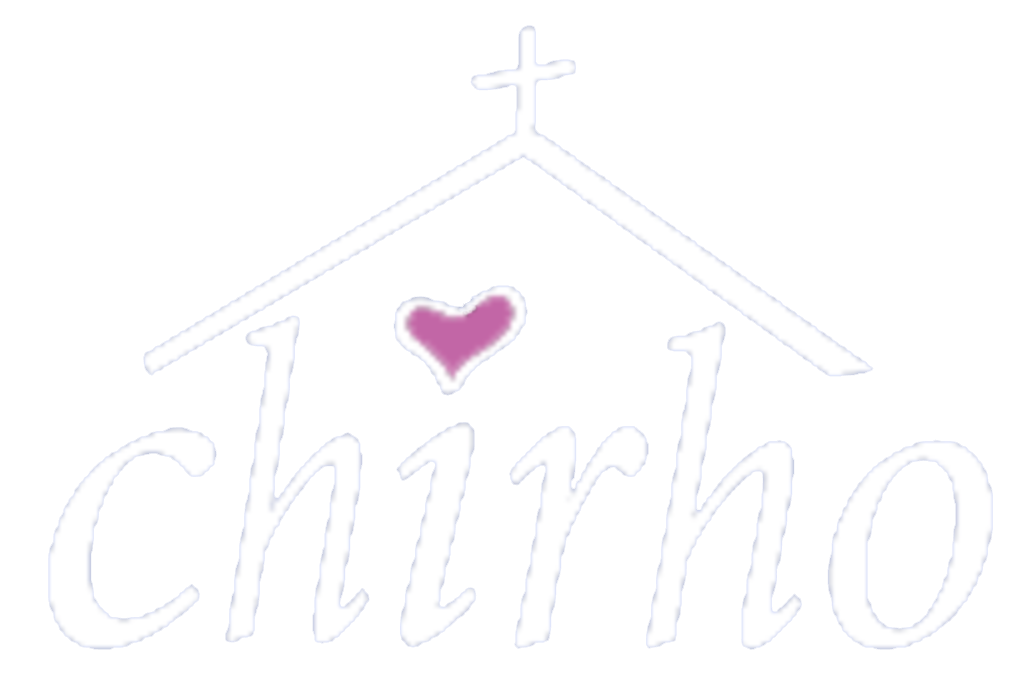Before it was the House of New Life, our home was not a home at all. Like so many Romanian orphanages in the 1980s, Post-Cura #3 was an overcrowded, understaffed institution for copii deficienţi - children the government had deemed “unrecoverable” and unworthy of even basic care. The building had no heat, no running water, and poor sanitation. Most of the 60+ children living there were under the age of 2 and suffered from deformities, scabies, malnutrition, and by the close of the decade, HIV. Only a handful of untrained nurses worked shifts to care for dozens of sick children. After discovery, relief agencies were struck by the staff’s cold, indifferent attitude toward the children. “It’s just the system,” they would say with a shrug.
How could such a tragic system come to be? And on such a scale? It emerged after decades of brutal Communist rule by dictator Nicolae Ceausescu. Under his regime, citizens were viewed as simply another commodity to the state, useful only as a labor force to support Ceausescu’s nationalistic ambitions. Women were pressured into having as many children as possible; those they couldn’t support were to be turned over to state-run orphanages and hospitals.
But Ceausescu’s vision never materialized. Following a series of failed oil ventures and other economic missteps, the country experienced skyrocketing foreign debts. The country suffered massive shortages and heavy rationing of food, water, oil, heat, electricity, medicine, and other necessities. At the same time, unsanitary health practices in Romanian hospitals led to the highest rates of pediatric HIV cases in all of Europe. Shrouded in secrecy behind the Iron Curtain, Romania’s orphanage system became a way of sorting children who would be “useful” to the state, and those who should be hidden away for good.


